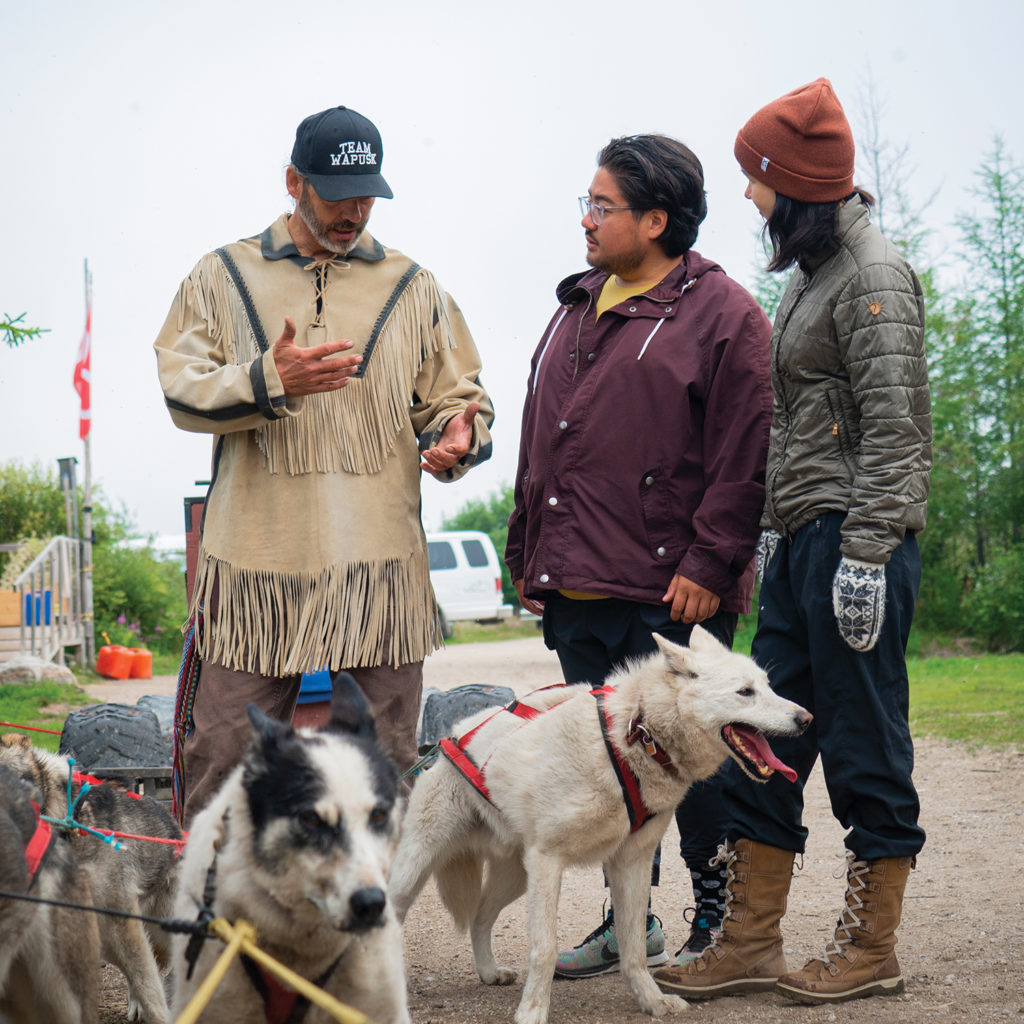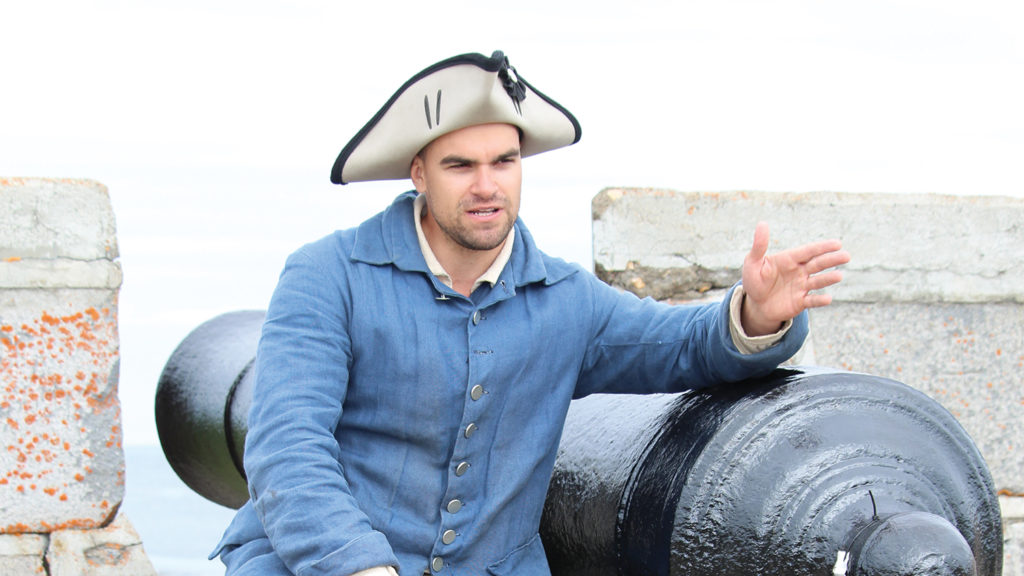Deep-pink fireweed paints the subarctic summer landscape of this Hudson Bay port town. While Churchill reigns as the Polar Bear Capital of the World in late fall, summer promises birds, blooms and arguably the friendliest creatures on the planet: beluga whales.
OUT AND ABOUT
Shop: Though Fifty Eight North is best known for its Tundra Buggy polar bear tours, the outfitter’s boutique is equally impressive. Stock up on boreal forest-scented soap, handcrafted jewellery and iconic Hudson’s Bay Company striped goods. 124 Kelsey Blvd.
Eat: From a vegetarian Beyond the Borealis Burger to pickerel tacos, the impressive menu at Tundra Inn Dining Room & Pub is as varied as it is tasty. The fresh tundra salad is a must-taste: It’s composed of greens grown inside a shipping container. 34 Franklin St.
Do: In summer, beluga whales outnumber Churchill’s human residents by more than three to one. SUP North offers three-hour, up-close-and-personal beluga tours, during which gentle bumps on your board from one of the super-friendly mammals is common. Churchill River
MORE TO READ
Uniquely quirky places to stay in Manitoba
See: From dancing belugas to whimsical flying polar bears, the SeaWalls Churchill murals tell the story of this special community. International artists created the works for the outdoor gallery, which spans 30 km
of coastline. Port of Churchill

DOGGONE FUN
While dog sledding is a big draw during Churchill winters, in warmer weather, dog carting is the sport to try. At Wapusk Adventures, intrepid travellers board a wheeled wagon pulled by canine escorts Rea, Comet, Raven and the rest of the enthusiastic pack. Owner and lead musher Dave Daley embraces his love of dogs, family and heritage in the subarctic wilderness.
Why do people love the dogs so much?
As Métis, we share with visitors our cultural relationships with all animals, especially our dogs. I think it opens up their eyes that these are not just animals, but spiritual beings. They walk away with a whole new perspective on our dogs—and animals in general.
How important are your Indigenous roots when it comes to tourism?
Our tours provide a stage to teach people about this land. Through storytelling, we can share some of our Indigenous knowledge. It’s important for us to know that people go home feeling some spirituality toward dogs, animals and the landscape around them.
MORE TO READ
Add these Alberta animals to your wildlife-spotting bucket list
It feels like family plays a big role at Wapusk Adventures.
It means everything to me. My son and daughter, Wyatt and Danielle, work with me now. My other daughter, Laurie, and her husband co-own and run the Aurora Inn with us. And my wife Valerie actually runs everything behind the scenes! We couldn’t get anything done without her encouragement and drive. Joel, our other son, also worked with us for many years, but he moved down south. This journey wouldn’t have happened without all their love, courage and passion.

TALES OF YESTERYEAR
Explore the colourful history of Churchill
1 A quick Zodiac ride to Prince of Wales Fort National Historic Site puts you in the seat of history. Beginning in 1731, it took a mind-boggling 40 winters to build this Hudson’s Bay Company fur trading fortress. Run your hands across original cannons that were never fired.
2 Meaning “things from the past” in Inuktitut, the Itsanitaq Museum houses a collection of ancient Inuit carvings, clothing, tools and boats. Look for one of the institution’s more unique exhibits: miniature carvings made from human teeth. And pick up some delicious fire-weed jelly in the gift shop.
3 Head out with Discover Churchill on a low-tide hike to the shipwreck of the MV Ithaca, just outside of town. Bound for Rankin Inlet in 1960, the massive steamship encountered a gale shortly after leaving port. She ran aground and has been marooned ever since.
